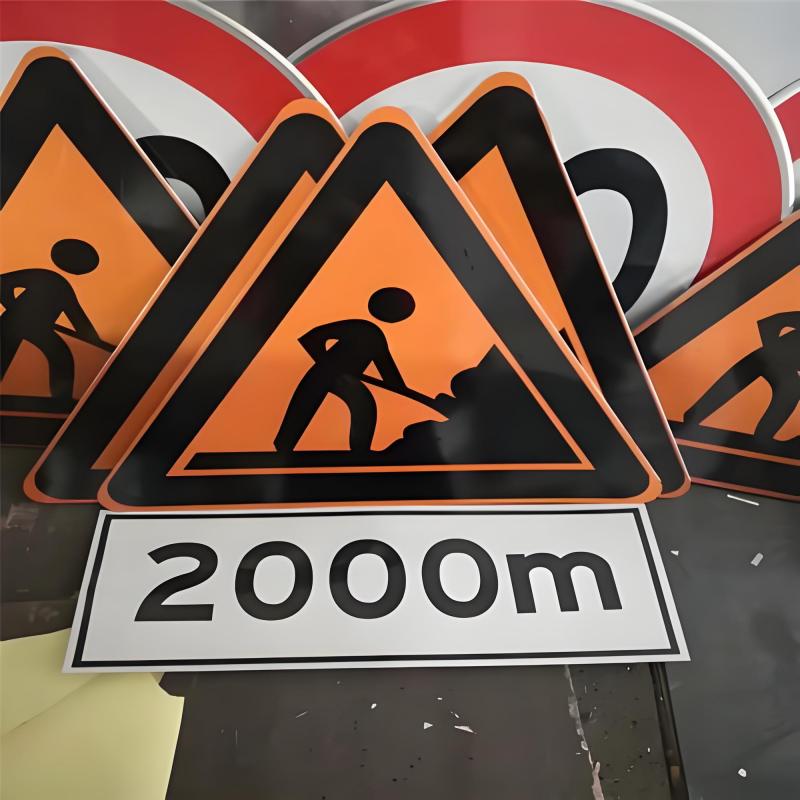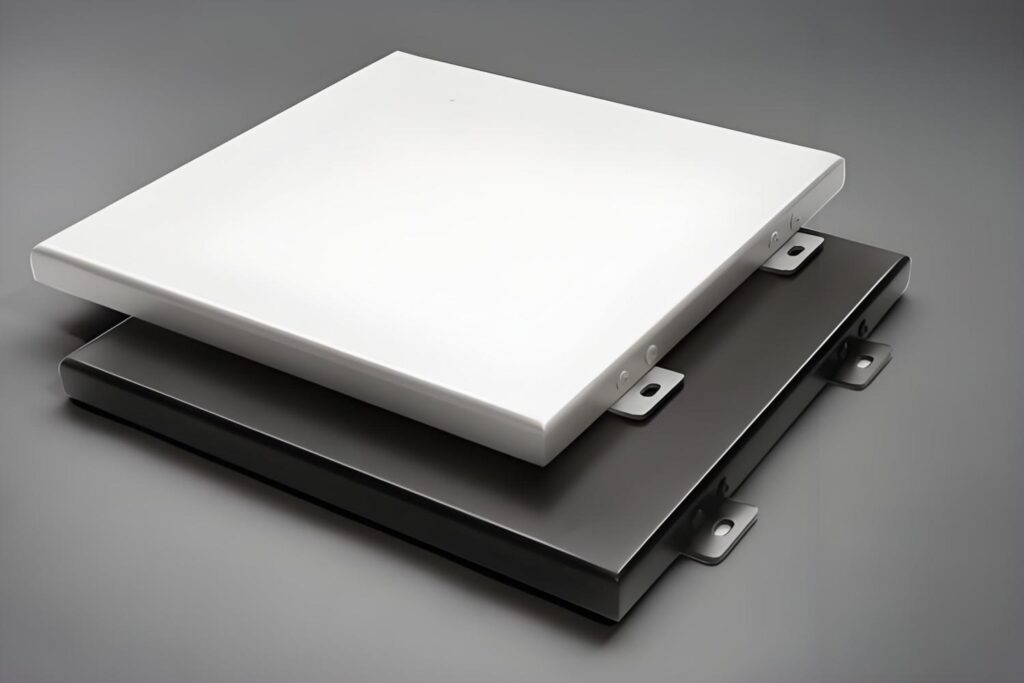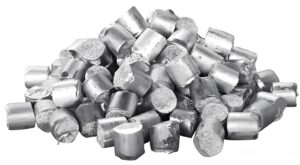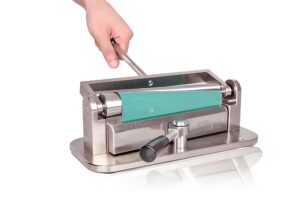What Is 3003 Aluminum?
3003 aluminum is a commercially pure aluminum alloy, part of the 3xxx series, which is known for its manganese content. This alloy is widely regarded for its excellent corrosion resistance, moderate strength, and superb formability, making it a favorite in industries requiring lightweight yet durable materials. Unlike some other aluminum alloys, 3003 is non-heat-treatable, meaning it gains strength through cold working rather than heat treatment. Its versatility and affordability make it a staple in applications ranging from cookware to industrial equipment.
This alloy’s popularity stems from its ability to balance performance with cost-effectiveness. It’s often chosen for projects where high strength isn’t the primary concern, but workability and resistance to environmental factors are critical. For businesses looking for a reliable material for machining or fabrication, 3003 aluminum offers a practical solution that doesn’t break the bank.
Chemical Composition of Aluminum 3003
- Aluminum (Al): 96.8–99.0%
- Manganese (Mn): 1.0–1.5%
- Iron (Fe): 0.7% max
- Silicon (Si): 0.6% max
- Copper (Cu): 0.05–0.20%
- Zinc (Zn): 0.1% max
- Other elements: 0.15% max (total)
Manganese is the key player here, enhancing the alloy’s strength and corrosion resistance without sacrificing its formability. The minimal presence of other elements ensures that 3003 aluminum remains lightweight and easy to work with, making it ideal for applications requiring intricate shaping or bending.
Properties of 3003 Aluminum
Mechanical Properties
- Tensile Strength: Approximately 17–30 ksi (117–207 MPa), depending on temper.
- Yield Strength: Around 6–28 ksi (41–193 MPa).
- Elongation: 1–30% (varies with temper and thickness).
- Hardness: Typically 40–55 Brinell (HB) in the H14 temper.
These properties indicate that 3003 aluminum is moderately strong but highly formable. Its ability to withstand cold working makes it suitable for processes like rolling, bending, and stamping. While it’s not as strong as some other alloys, its balance of strength and flexibility is perfect for applications where durability and ease of fabrication are equally important.
Physical Properties
- Density: 2.73 g/cm³, making it lightweight compared to other metals.
- Melting Point: Approximately 655°C (1211°F).
- Thermal Conductivity: 190 W/m·K, excellent for heat transfer applications.
- Electrical Conductivity: High, at about 48% IACS (International Annealed Copper Standard).
- Corrosion Resistance: Excellent, especially in moist or chemical environments.
These physical properties make 3003 aluminum a top choice for applications like heat exchangers and chemical storage tanks, where resistance to corrosion and efficient heat transfer are critical.
What Is 3003 Aluminum Used For?

3003 aluminum’s versatility makes it a go-to material across various industries. Its excellent corrosion resistance, formability, and moderate strength make it suitable for both industrial and consumer applications. Here are some common uses:
- Cookware and Kitchen Equipment: Pots, pans, and baking sheets often use 3003 aluminum due to its food-safe properties and ability to conduct heat evenly.
- Heat Exchangers: Its high thermal conductivity makes it ideal for radiators, condensers, and evaporators in HVAC systems.
- Chemical Storage and Processing: Tanks, pipes, and containers benefit from the alloy’s corrosion resistance.
- Signage and Panels: The alloy’s formability and durability make it a popular choice for road signs, architectural panels, and decorative elements.
- Packaging: Aluminum cans and foil for food and beverages often use 3003 aluminum due to its lightweight and non-toxic nature.
- Automotive Components: Parts like fuel tanks and trim pieces leverage the alloy’s balance of strength and workability.
- Construction: Roofing, siding, and gutters use 3003 aluminum for its weather resistance and ease of installation.
These applications showcase the alloy’s adaptability, making it a favorite for manufacturers who need a reliable, cost-effective material.
Advantages and Disadvantages of Aluminum Alloy 3003
Like any material, 3003 aluminum has its strengths and limitations. Understanding these can help manufacturers and designers decide when to use this alloy.
Advantages
- Excellent Corrosion Resistance: 3003 aluminum resists rust and degradation in harsh environments, making it ideal for outdoor or chemical applications.
- High Formability: The alloy can be easily bent, rolled, or stamped, allowing for complex shapes without cracking.
- Cost-Effective: Compared to other aluminum alloys, 3003 is relatively affordable, offering great value for its performance.
- Weldability: It can be welded using various methods, including MIG and TIG, making it versatile for fabrication.
- Lightweight: Its low density is perfect for applications where weight reduction is a priority.
- Thermal Conductivity: The alloy’s ability to transfer heat efficiently makes it a top choice for heat exchangers and cooling systems.
Disadvantages
- Moderate Strength: While strong enough for many applications, 3003 aluminum isn’t suitable for high-stress environments where stronger alloys like 6061 are preferred.
- Non-Heat-Treatable: Its strength cannot be enhanced through heat treatment, limiting its use in applications requiring higher tensile strength.
- Surface Finish Limitations: While it can be anodized, 3003 aluminum may not achieve the same aesthetic finish as other alloys.
By weighing these pros and cons, businesses can determine if 3003 aluminum is the right fit for their projects.
3003 Aluminum vs 6061
When comparing 3003 and 6061 aluminum, it becomes clear that each alloy serves a distinct set of purposes:
| Property | 3003 Aluminum | 6061 Aluminum |
| Heat Treatable | No | Yes |
| Strength | Low to Moderate | High |
| Corrosion Resistance | Excellent | Good |
| Machinability | Moderate | Excellent |
| Weldability | Good | Excellent |
| Formability | Excellent | Good |
6061 aluminum is preferred for structural and high-performance parts, while 3003 is ideal for forming-intensive applications with lower strength demands.
3003 Aluminum vs 5052
Another common comparison is between 3003 and 5052 aluminum. Both belong to the non-heat-treatable series but offer different advantages:
| Property | 3003 Aluminum | 5052 Aluminum |
| Strength | Moderate | Higher |
| Corrosion Resistance | Excellent | Superior |
| Workability | Excellent | Very Good |
| Weldability | Good | Excellent |
| Marine Suitability | Moderate | High |
5052 is generally chosen for marine applications or parts requiring higher fatigue strength. 3003 remains more economical and suitable for indoor or general-purpose use.
Why Choose Precionn for 3003 Aluminum Machining?
Precionn is a trusted name in precision machining with extensive experience working with aluminum alloys, including 3003. Our advanced facilities, skilled engineers, and international outreach allow us to deliver high-quality, custom aluminum components to clients around the world. With a strong commitment to quality, timely delivery, and customer satisfaction, Precionn is your reliable partner for all your aluminum machining needs.
Whether it’s forming, cutting, or finishing 3003 aluminum parts, Precionn has the expertise and equipment to meet your exact requirements. Visit our website today to learn more about our capabilities and request a quote for your next project.
FAQ: Common Questions About 3003 Aluminum
Yes, it is highly bendable due to its excellent formability. Its low strength and high ductility allow it to be shaped into complex forms without cracking, making it ideal for applications like ductwork, signage, and intricate components.
Absolutely, it is food safe and widely used in cookware, baking sheets, and food packaging. Its corrosion resistance and non-toxic nature ensure it meets safety standards for food contact, provided it’s properly cleaned and maintained.
Yes, it is weldable using common methods like MIG and TIG welding. Its manganese content enhances its weldability, making it easier to join than some other alloys. However, proper techniques and filler materials are essential for strong welds.
Yes, it can be anodized to improve its corrosion resistance and surface durability. However, it may not produce as vibrant or consistent a finish as other alloys like 6061 due to its chemical composition. Anodizing is often used for decorative or protective purposes in signage or architectural applications.




